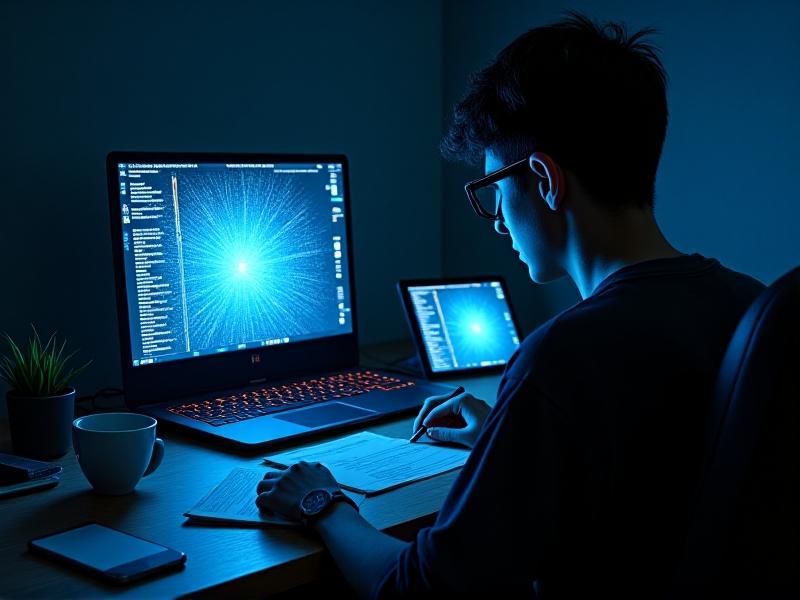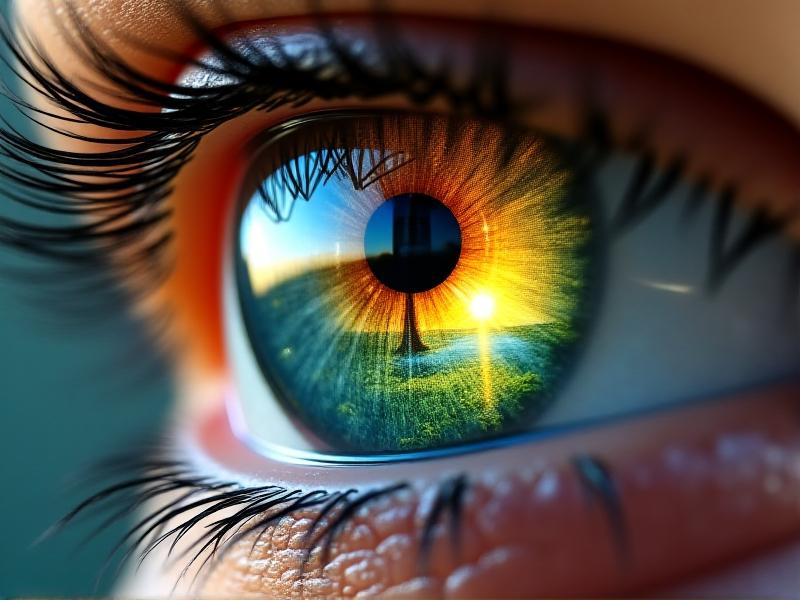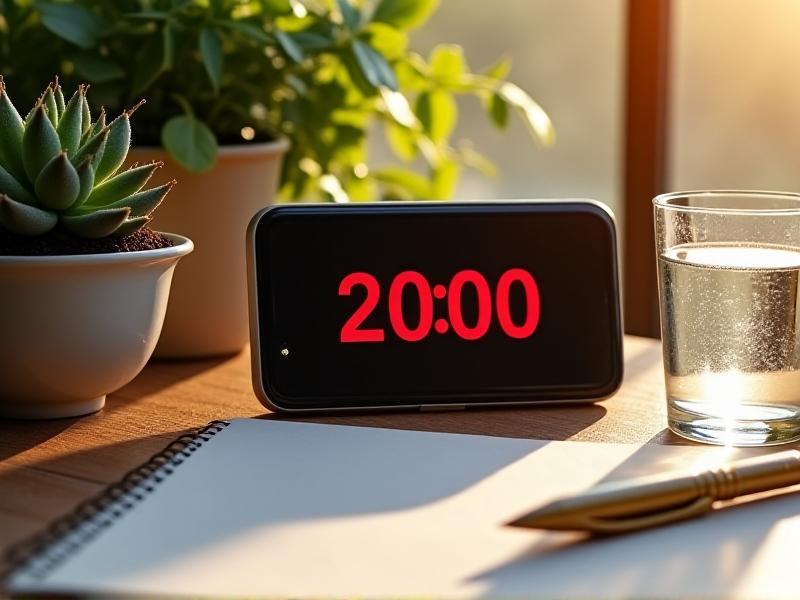```html
Understanding the 20-20-20 Rule: A Simple Solution for Digital Eye Strain

In an era dominated by screens, the 20-20-20 rule has emerged as a straightforward strategy to combat digital eye strain. The concept is simple: every 20 minutes, take a 20-second break to focus on an object at least 20 feet away. Originally popularized by optometrists in the early 2000s, this rule addresses the strain caused by prolonged screen use, which often leads to symptoms like dryness, blurred vision, and headaches. By redirecting focus to a distant object, the eye muscles relax, reducing tension and promoting healthier visual habits. While the rule sounds easy, its effectiveness hinges on consistent application—a challenge in today’s fast-paced work environments.
Why Digital Eye Strain is a Modern Epidemic

Digital eye strain affects nearly 60% of adults who spend six or more hours daily on screens, according to the American Optometric Association. Symptoms extend beyond physical discomfort; they impact productivity and mental clarity. Screens emit blue light, which disrupts circadian rhythms and reduces blink rates by 66% during prolonged use. This leads to tear evaporation and dry eyes. The rise of remote work and hybrid learning has exacerbated the issue, making it a public health concern. Unlike traditional office setups, home environments often lack ergonomic adjustments, worsening posture-related strain alongside visual fatigue.
The Science Behind Blinking and Focus

Blinking is more than a reflex—it’s a vital mechanism for eye health. On average, humans blink 15–20 times per minute, but screen use slashes this rate to 5–7 times. Each blink spreads tears across the cornea, preventing dryness and flushing debris. When we stare at screens, reduced blinking leads to incomplete tear film coverage, causing irritation. The 20-20-20 rule counteracts this by reintroducing natural blinking patterns during breaks. Studies show that periodic focus shifts also reduce ciliary muscle fatigue, which is responsible for adjusting the lens’s shape. This small reset can prevent long-term issues like myopia progression.
Practical Steps to Implement Vision Breaks

Adopting the 20-20-20 rule requires intentionality. Start by setting recurring alarms using apps like
Eye Care 20 20 20
or browser extensions. Position reminders near screens: sticky notes or desktop widgets can prompt action. During breaks, step away from the desk if possible. Focus on a tree outside or a painting across the room. Pair these breaks with hydration or stretching to amplify benefits. For those in windowless spaces, simulate distance by walking to a hallway or using a digital photo of a landscape. Consistency is key—habit stacking (e.g., pairing breaks with coffee sips) helps embed the practice into daily routines.
Common Mistakes and How to Avoid Them
Many users misunderstand the rule’s intent. A common error is substituting screen breaks with phone scrolling, which perpetuates eye strain. Others skip breaks during deadlines, believing productivity outweighs health. To avoid this, schedule breaks as non-negotiable appointments. Another pitfall is improper distance—20 feet is roughly six meters, so choose objects like a building across the street rather than a bookshelf. Multitasking during breaks (e.g., checking emails) also undermines their purpose. Instead, practice mindful breathing or gaze softly to maximize muscle relaxation. Tracking progress via apps or journals can reinforce accountability.
Adapting the Rule for Children and Remote Workers
Children’s developing eyes are particularly vulnerable to screen strain. Parents can gamify the 20-20-20 rule by using timers with fun sounds or creating “vision scavenger hunts” for distant objects. Schools can integrate breaks between virtual lessons. For remote workers, blending the rule with ergonomic practices—like adjustable monitor heights and blue light filters—enhances outcomes. Those in urban areas without distant views can use virtual reality nature scenes or balcony access. Teams can normalize breaks by scheduling synchronized pauses, fostering a culture that prioritizes health over constant connectivity.
Tech Tools to Support Healthy Screen Habits
Technology, often the culprit behind eye strain, can also be part of the solution. Apps like
Time Out
for macOS or
Eye Leo
for Windows automate break reminders. Browser extensions such as
Stretchly
offer customizable intervals. Wearables like Apple Watch or Fitbit can sync with productivity apps to prompt movement and visual resets. Blue light glasses with amber tints reduce glare, while e-ink devices like Kindle mimic paper readability. Smart lighting systems that adjust color temperature throughout the day also mitigate circadian disruption, complementing the 20-20-20 rule’s benefits.
Long-Term Benefits Beyond Eye Health
While the 20-20-20 rule primarily targets eye strain, its ripple effects enhance overall well-being. Regular breaks improve posture by encouraging movement, reducing back and neck pain. Mental clarity and creativity flourish when the brain isn’t overburdened by visual fatigue. Over time, these micro-pauses can lower the risk of chronic conditions like computer vision syndrome and age-related macular degeneration. Furthermore, the practice cultivates mindfulness, helping users reconnect with their surroundings. In a world where screens dominate, mastering the art of the vision break isn’t just about seeing better—it’s about living more intentionally.




